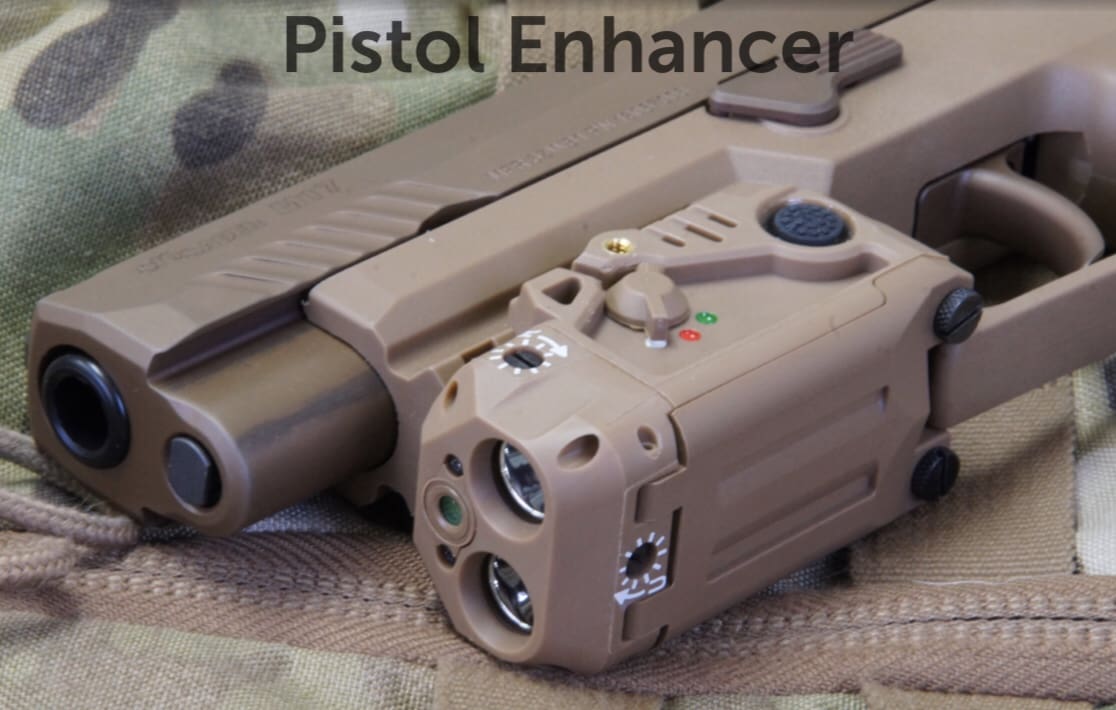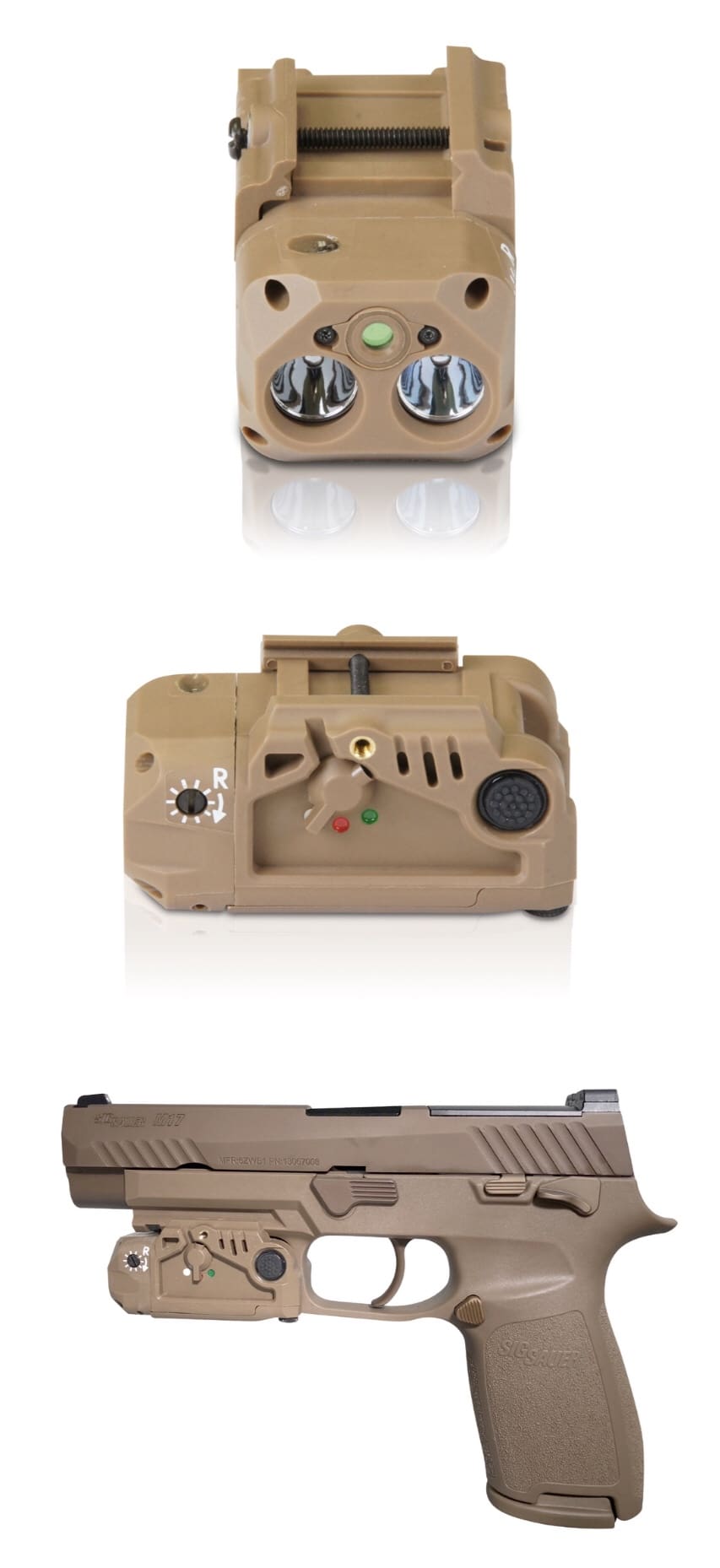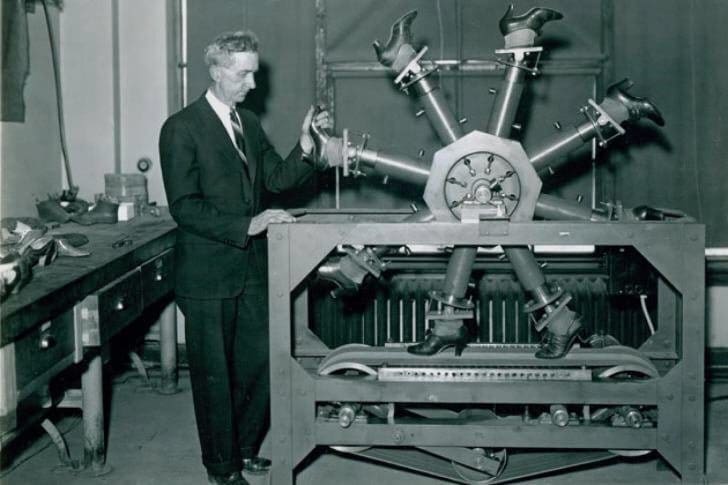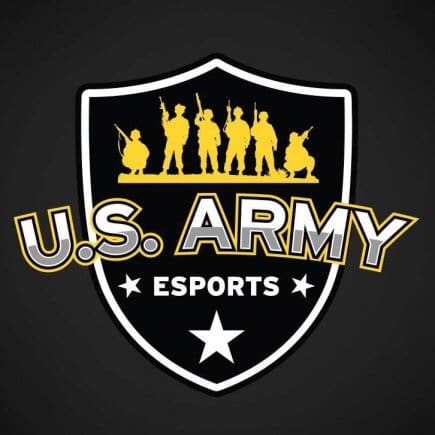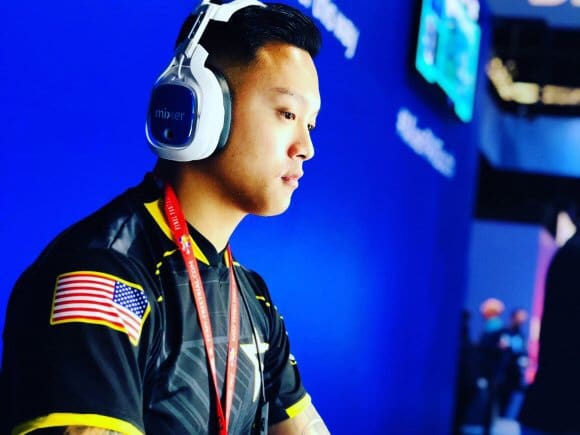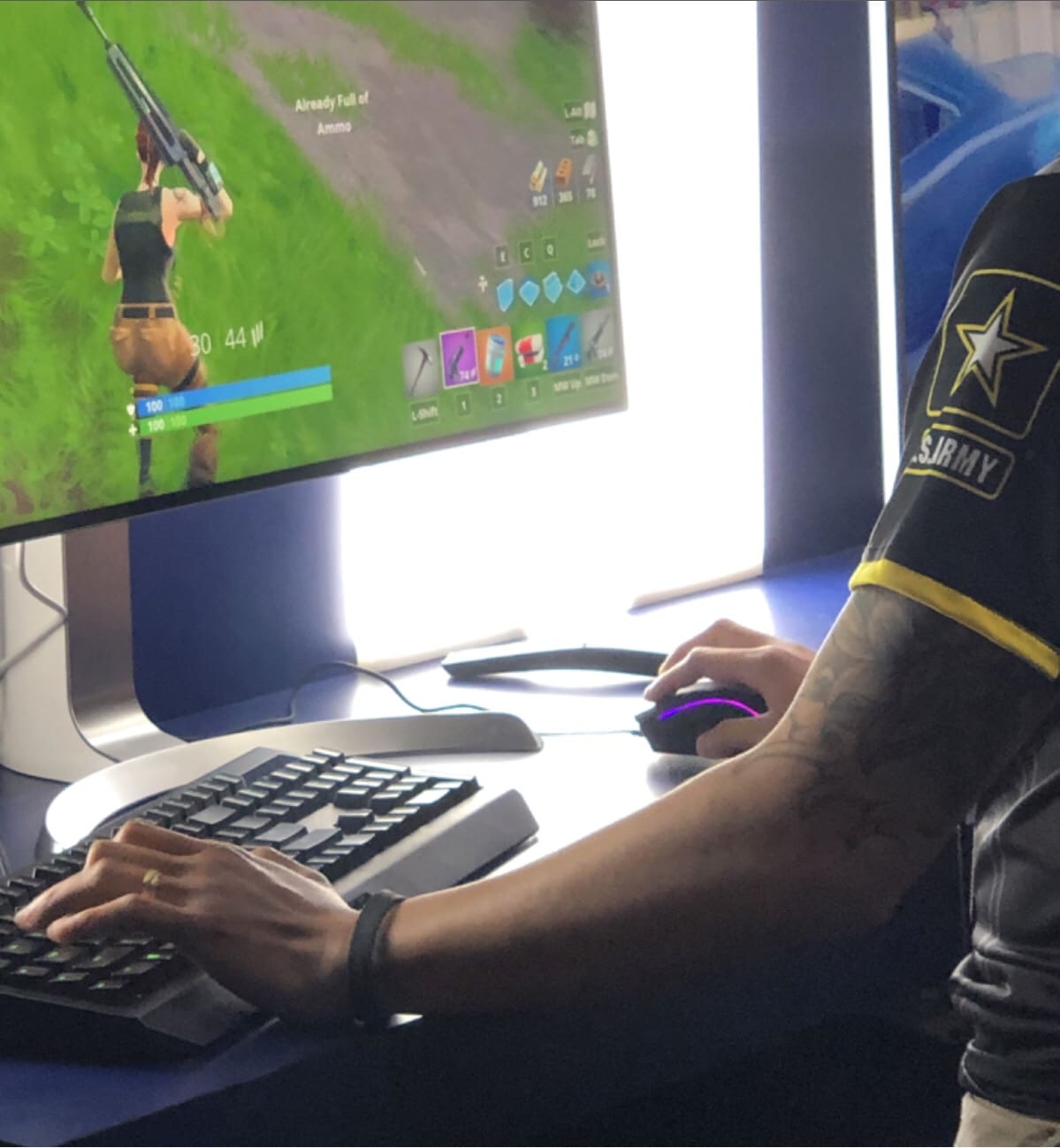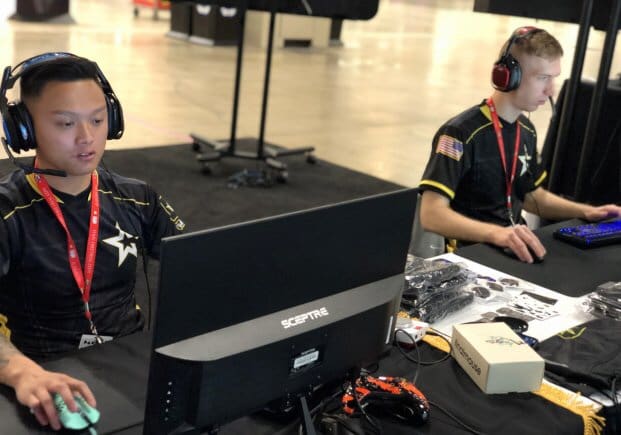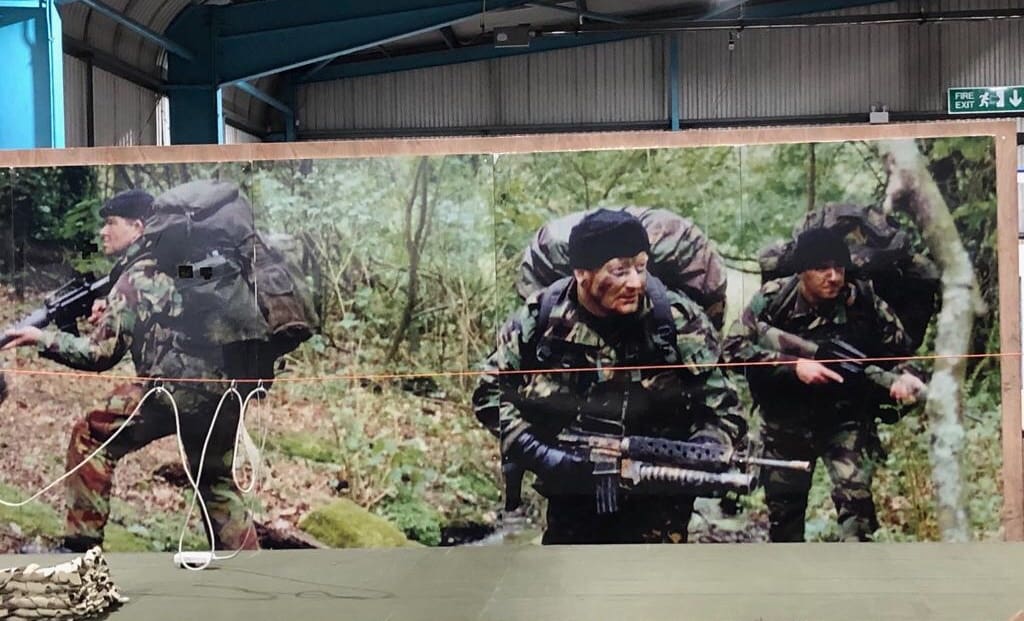“The true test of courage is not found on the field of battle…but rather in mundane offices where difficult, ethical decisions of command are made each day, which challenge the very fiber of our principles.”–GEN Matthew B. Ridgway.
This quote accompanies a unit guidon that hangs today on a wall in my office here on the homestead. It is the single most prized memento of my service. It speaks, of course, to moral rather than physical courage. The Army, and the other Services, describe moral courage in a number of ways. For the purposes of this article, I am going to define it like this “Moral courage demands one accept some level of professional risk to stand up for what is right.” In other words, it does not necessarily involve the acceptance of potential risk to life or mission success but rather direct risk to one’s individual career. It is also true that situations requiring an overt display of that kind of courage can be morally complex, ambiguous, and perplexing. Therefore, I am going to try to provide some context and explore what moral courage looks like in real life. My expectation is the information will be of some small benefit to new leaders out there in the ranks.
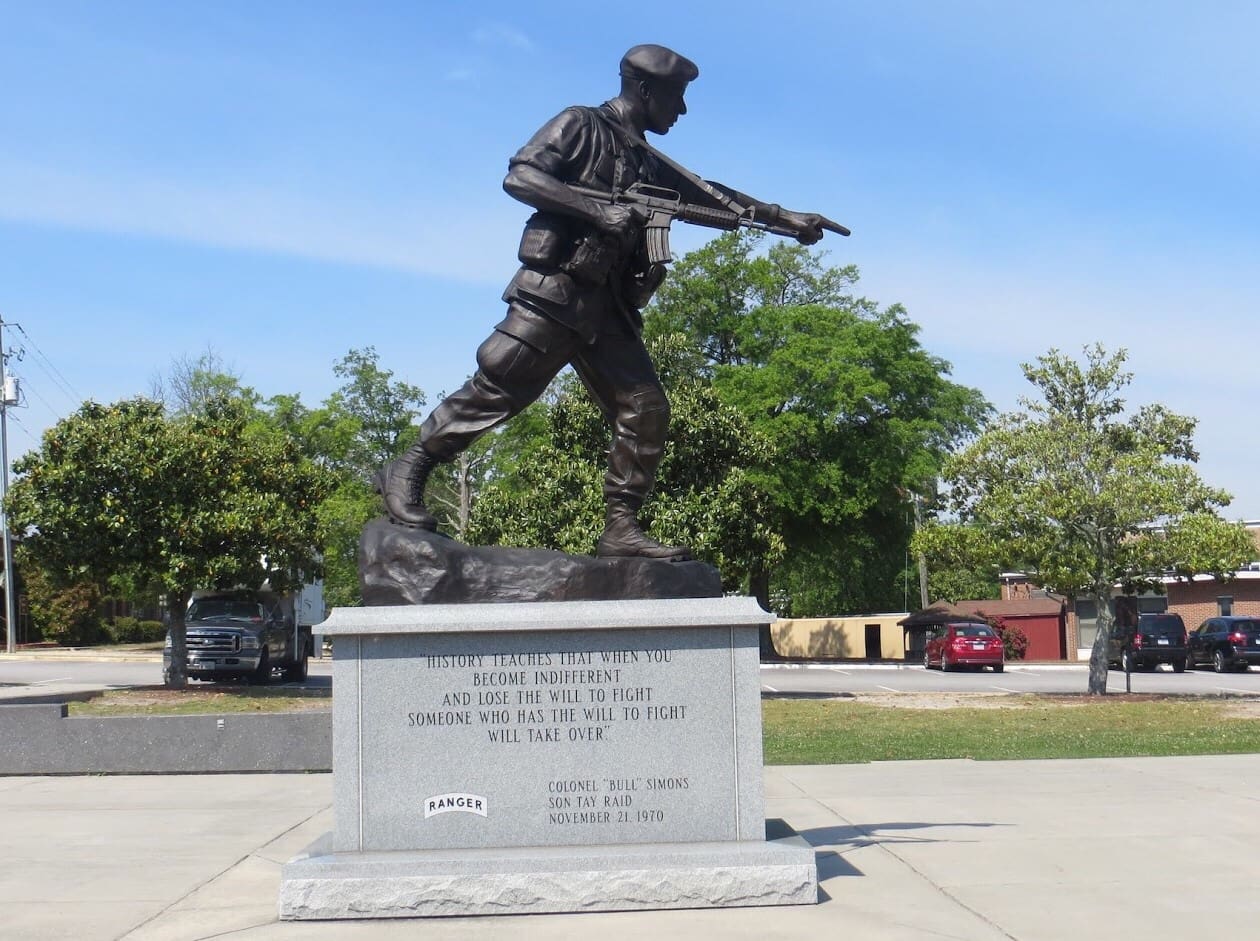
I will start by repeating somethings I said in an earlier article. “…leaders must be willing to take risks. Most soldiers, myself included, like to think that we can always be as physically courageous as required in battle. Perhaps not ready, but willing and able to risk our lives if necessary. From my experiences and observations in various hostile places, I would say that is generally true enough. However, demonstrating moral courage is arguably much harder. In part, that is because the need for action does not present itself as unambiguously as it does in combat. It tends to sneak up on a leader over time. The Army constantly tells soldiers to do “the hard right over the easy wrong.” That is noble and righteous advice. However, it would be a mistake to think the institution actually cares. It does not.”
Furthermore, “The Army is a soulless, unfeeling and ungracious machine; a whore who has never loved you – and never will. You will not be rewarded for your [moral] courage or you honesty for accepting responsibility [and risk]. No exemplary service award is waiting for you; no building or street named in your honor; and you are not going to receive public recognition as the unit’s soldier, NCO, or officer, of the year. [In fact, you will probably be punished.] It should come as no surprise to any professional soldier that truly selfless service is always a bitch. None of that changes the fact that the right thing is always the right thing. In the end, all I can tell you is that principled leadership [to include moral courage] in training and war is never easy or painless – but I strongly recommend it anyway.”
Why begin with that truly discouraging admonishment? Simple, I want to fully dissuade any young leader out there that the Army will reward a display of moral courage in any positive way whatsoever. There have never been any medals presented for moral courage and the Army does not intend to start now. Do not delude yourself by thinking otherwise. Since that is true, it begs the question; if nothing good is likely to come of it, then why do it? Perhaps, for much the same reason a soldier throws himself on a grenade to save his buddies. It is not something that anyone is eager to do. It is a last resort to be considered in a range of bad courses of action only because it is the least bad. Consequently, in the absence of another better choice, an individual may have to sacrifice himself in order to shield his comrades from harm. Maybe, it is because a soldier has simply learned to value his teammates more than his own life. No greater love. Of course, in peacetime a soldier is not likely to face that stark a choice requiring physical courage, self-sacrifice, and clear risk to life as the grenade scenario. On the other hand, a dilemma requiring moral courage can occur in war or peace and with unpleasantly greater frequency. Therefore, just in the normal course of service, a good number of soldiers are likely to face an ethical dilemma of potentially damaging and even catastrophic risk to their careers.
Extrapolating from the grenade example above, I am suggesting that moral choices become clearer – albeit perhaps no less difficult – if an individual prioritizes teammates over career in a similar fashion. If you have not realized it already, the Army – as an institution – is incapable of human morality. Only soldiers themselves can make a moral judgement and live – or fail to live up to – a set of values. Leaders have an obligation to set the example in all things, perhaps especially moral courage, precisely because the consequences are invariably thankless. I have said this many times before; leadership is all the more vital when a situation is dire and the outcome uncertain. If a leader does not have at least the courage of his own convictions in all circumstances, he honestly has no convictions and is truly incapable of setting a good example or effectively leading anyone anywhere.
“Moral courage is the most valuable and usually the most absent characteristic in men.”–GEN George S. Patton
Consider the most basic duty of leadership – decision making. A neophyte might mistakenly believe that bad leaders always make bad decisions and good leaders invariably make good decisions. Not even close. The fact is, every leader a soldier has ever met, or will ever meet, or has ever read of, or heard about, is an imperfect human with feet of clay. In the aggregate, a “bad” leader probably makes about as many good decisions as a “good” leader and vice versa. It turns out that the troops’ perception of why and how the leader made a given decision matters much more than the decision itself. If soldiers trust that their leader habitually makes decisions selflessly in the best interest of the unit and the mission they will be inclined to give that leader the benefit of the doubt. If, however, they have come to believe that the leader tends to make decisions based on his own self-interests or ego, the soldiers will have a consistently negative impression of his leadership – regardless of how sound any single decision might objectively appear.
Anonymous– “No man is a leader until his appointment is ratified in the minds and hearts of his men.”
Like it or not, a leader will only be judged to be the kind of good or bad role model – professional, moral, or otherwise – that the majority of soldiers in the unit are convinced he has been by his actions. Keep in mind, leadership is ALWAYS a collaborative exercise. Think of a marching band. Each musician may be highly skilled and more than capable of playing his or her instrument solo without a leader. Yet, the leader has a distinct and important role in the band as well. A band – like any team – must be organized, synchronized, and guided by a leader in order to make harmonious collective melodies while simultaneously moving forward as a coherent unit toward an objective. The leader sets the program, tempo, and literally, the direction for the band. Nevertheless, by himself, the bandleader cannot produce a single musical note.
To be clear, effective leadership is not a popularity contest. A leader’s highest duty is to evoke “willing obedience” from his soldiers in order to accomplish the unit’s mission – not ingratiate himself with his peers, subordinates, or those senior to him. Moreover, in my experience, one is ill advised to trust a leader who acts substantially different when his boss is around than he acts when the boss is not there. That kind of behavior likely indicates a moral courage deficit. The reality is that – even if one could only make “perfect” decisions – no leader ever makes tough calls that can possibly meet with everyone’s approval. Consequently, even the best leaders have at least some subordinates who are not fans. Conversely, even the worst leaders likely have a few subordinates who think highly of them. As a case in point, I know with certainty that at least a few of the people I have led, served with, or worked for, do not think much of me as a leader. They are entitled to their opinions. Ultimately, grading good and bad leadership is a very personal and subjective evaluation that each individual makes independently.
I had originally intended to talk more about Mission Command, but I will save most of that discussion for another time. However, I am including one portion to highlight some key concepts like “mutual trust,” “prudent risk,” and “disciplined initiative” propagated in Army doctrine. “Mission command requires an environment of mutual trust and shared understanding among commanders, staffs, and subordinates. It requires a command climate in which commanders encourage subordinates to accept prudent risk and exercise disciplined initiative to seize opportunities and counter threats within the commander’s intent.(emphasis added) Using mission orders, commanders focus their orders on the purpose of an operation rather than on the details of how to perform assigned tasks. Doing this minimizes detailed control and allows subordinates the greatest possible freedom of action. Finally, when delegating authority to subordinates, commanders set conditions for success by allocating adequate resources to subordinates based on assigned tasks.” FM 3.0, Operations.
Sadly, although the doctrine of Mission Command is sound enough in my opinion, in practice the Army has shown no inclination to live up to the standards and ideals espoused therein. For leaders who are so inclined, there are three windows available to micromanage a mission: before, during and after. Some particularly energetic and meticulous leaders like to take advantage of all three opportunities. All are wrong, but the last is probably the most insidious. A senior leader destroys any semblance of “mutual trust” by pretending to delegate authority to a subordinate and subsequently second-guessing and nit picking every decision in the aftermath. That is actually an old leadership dodge or cheat. When I was a lieutenant, we used to call it “bring on the dancing elephants.” The boss carefully positions himself to take credit for “professionally developing” a subordinate if all goes well; but can distance himself from responsibility if the outcome is perceived as unsatisfactory. Obviously, no moral courage is manifest in the senior leader’s actions in either eventuality.
Another leadership cheat involves demanding that subordinate leaders surrender their individual agency and always blindly comply with the minutia of rules, policies and SOPs. Every leader should always be empowered to adapt to the exigent circumstances his or her unit encounters. No centrally produced guidance can possibly account for every conceivable contingency. Moral courage requires leaders in direct contact with the issue at hand to accept responsibility and make the hard and morally ambiguous decisions – especially those that may run contrary to pre-established directives. In the end, soldier and junior leader “disciplined initiative” and “prudent risk” acceptance – as described in Mission Command – only happens consistently in units that make those behaviors an integral and indispensable part of a unit’s daily standard operating methodology and ethos. And that does not happen unless senior leaders are unfailing in setting the right example every single day. Soldiers do not adopt and emulate the values that are simply spoken or written, but rather those that are constantly and convincingly demonstrated by leaders.
“Moral excellence comes about as a result of habit. We become just by doing just acts, temperate by doing temperate acts, brave by doing brave acts.”–Aristotle
To be fair, effective and timely delegation of authority is one of the trickiest of all leadership skills to learn and practice successfully. Sometimes, subordinate leaders do not want – and are not eager to accept – the additional responsibility. Sometimes they are not ready – or at least think they are not ready. The best leaders delegate decision making down until they – and their subordinates – are uncomfortable. However, for the process to work as it should, good senior leaders always need to be prepared to backstop a subordinate leader’s decisions. Senior leaders must be committed to providing appropriate top cover while simultaneously being careful not to smother the initiative of those junior leaders. In short, where mutual trust exists, all leaders willingly and routinely share and shoulder a portion of the risk and the consequences of any decision – good or bad.
From what I have written above, one might assume that I am pessimistic and discouraged about where we are and where we are going. That is not the case. Sure, I have seen many leaders who have failed to live up to the ideal of undaunted moral courage. All humans are imperfect, and even the best can fall short in moments of weakness. However, I have also witnessed countless examples of values based leadership over the years and, yes, moral courage. As GEN Ridgway concluded, small, morally courageous victories occur on a daily basis – most often without fanfare. I have also personally known a good number of leaders, including flag officers, who have made those kinds of moral choices and ultimately suffered the consequences of those decisions. By that, I mean that they were denied promotion and / or forced out of the Army. Like I said, selfless service is always a bitch and virtue must be its own – and only – reward.
“A man does what he must – in spite of personal consequences, in spite of obstacles and dangers and pressures – and that is the basis of all morality.”–John F. Kennedy
The strongest and the best people stay focused on the mission, not the obstacles in the way. Therefore, the last thing I want to talk about are BIRTs. A BIRT is a Bold, Innovative, Risk Taker. The Army has declared for decades that they want as many BIRTs in the ranks as possible. That claim is disingenuous at best. As with moral courage, the Army talks a good game, has solid supporting doctrine, but in practice falls well short of its own rhetoric. The BIRTs in service have always been there despite the Army’s best efforts to curtail BIRT initiative – not because of any affirmative Army policy. Therefore, it falls to individual leaders to do what the institution is failing to do well. Set the right rather than the easy professional example. Know that BIRTs are the best hope for the future. Do take up the responsibility to find, cultivate, nurture, teach, coach, and mentor the next generation of BIRTs. Be an unapologetic BIRT yourself. Indeed, for the good of the Service and the Nation, be all the BIRT you can be.
De Oppresso Liber!
LTC Terry Baldwin, US Army (Ret) served on active duty from 1975-2011 in various Infantry and Special Forces assignments. SSD is blessed to have him as both reader and contributor.
